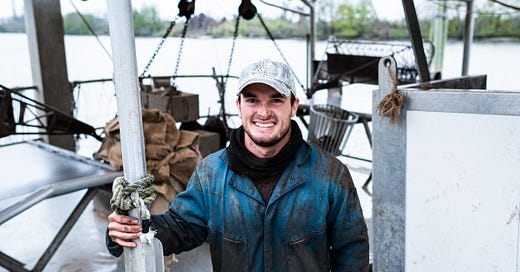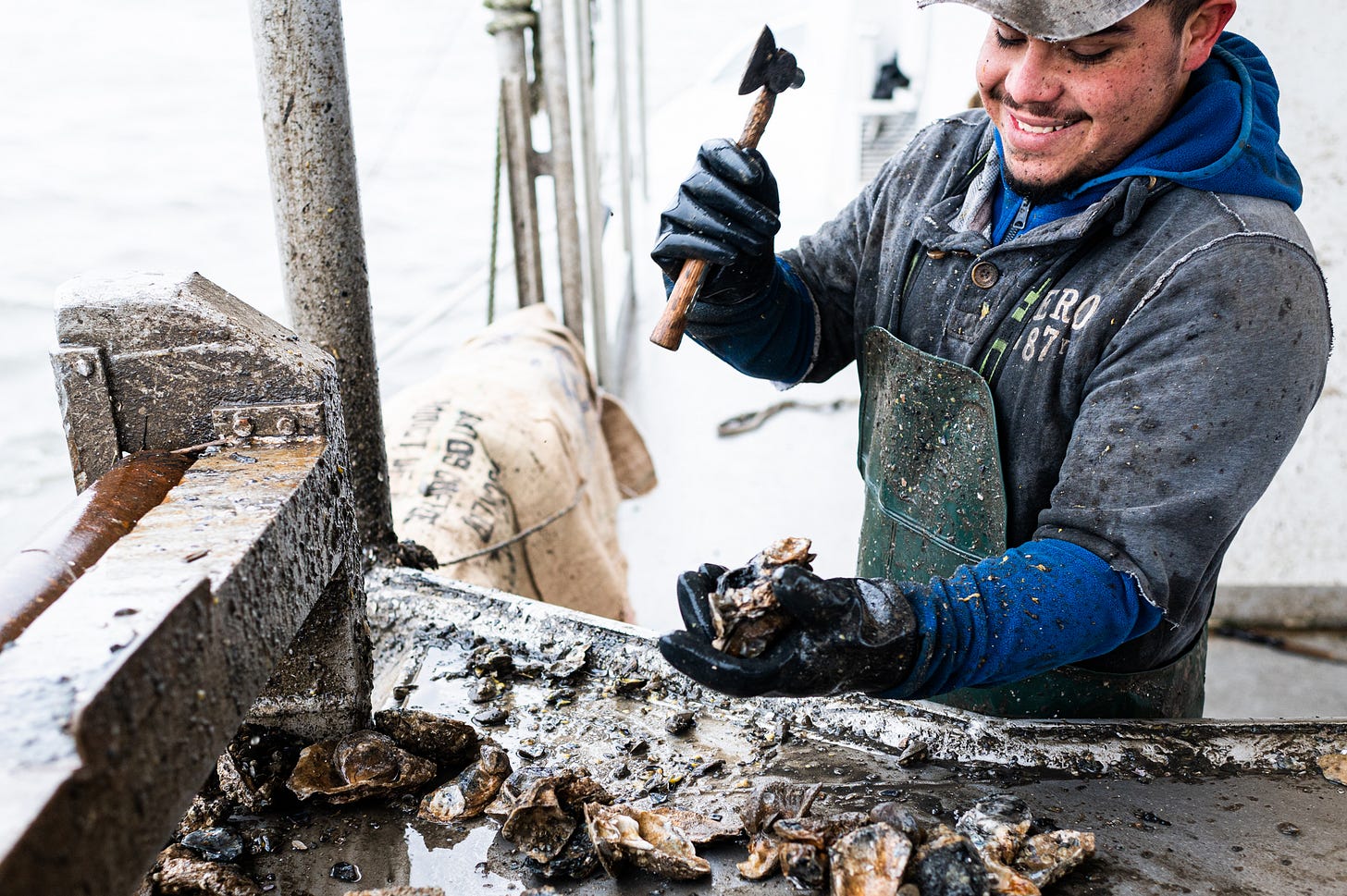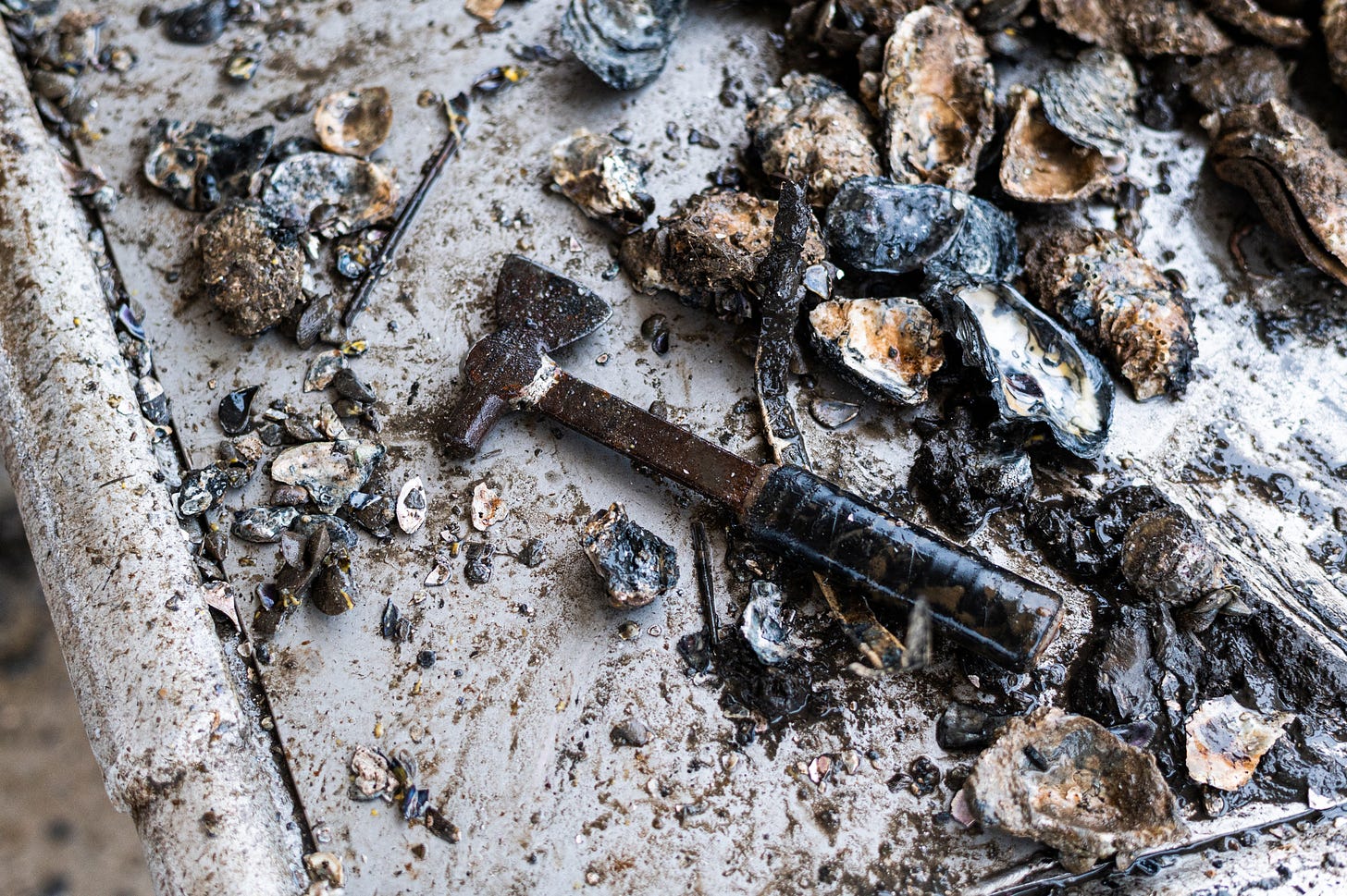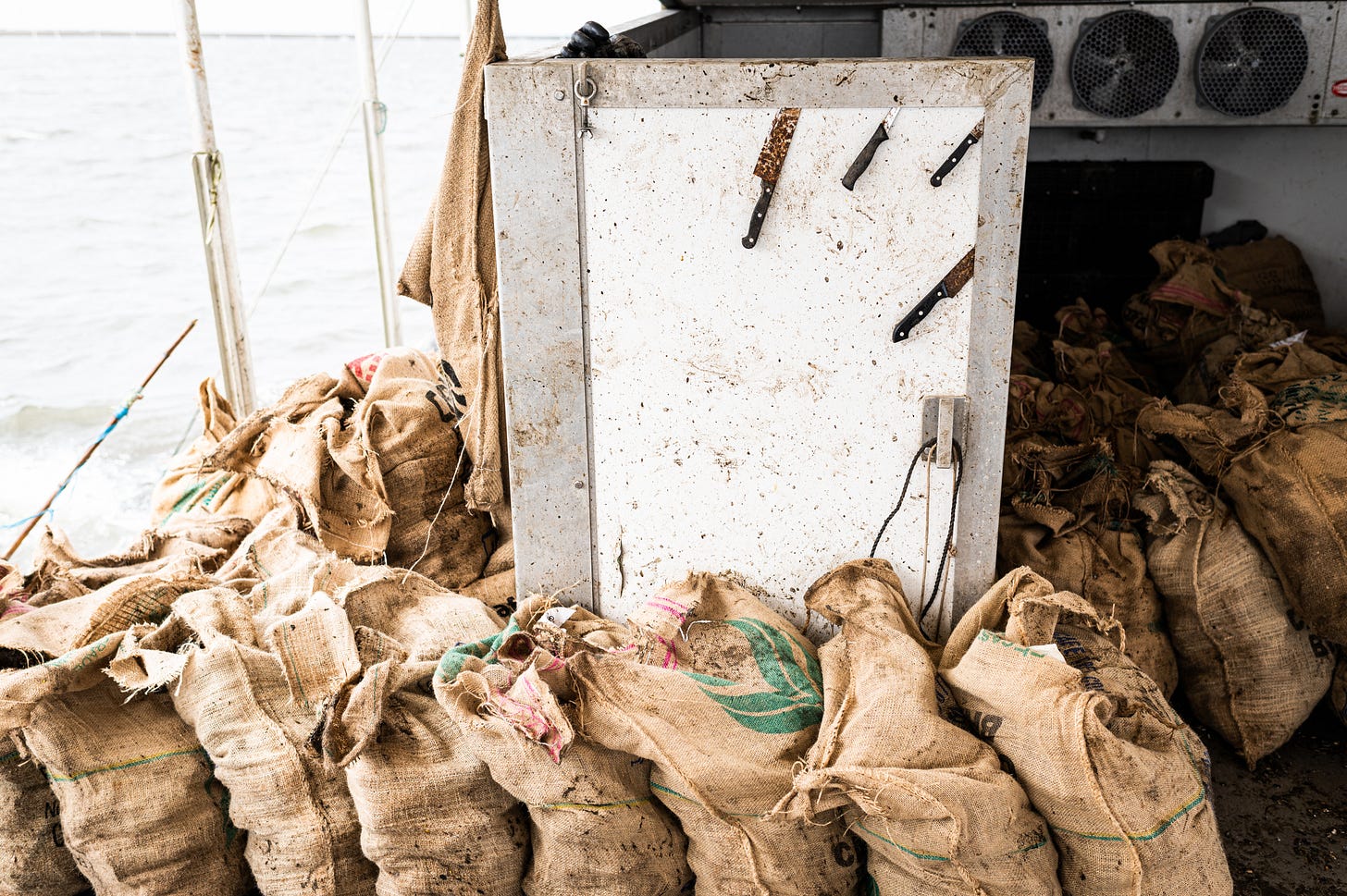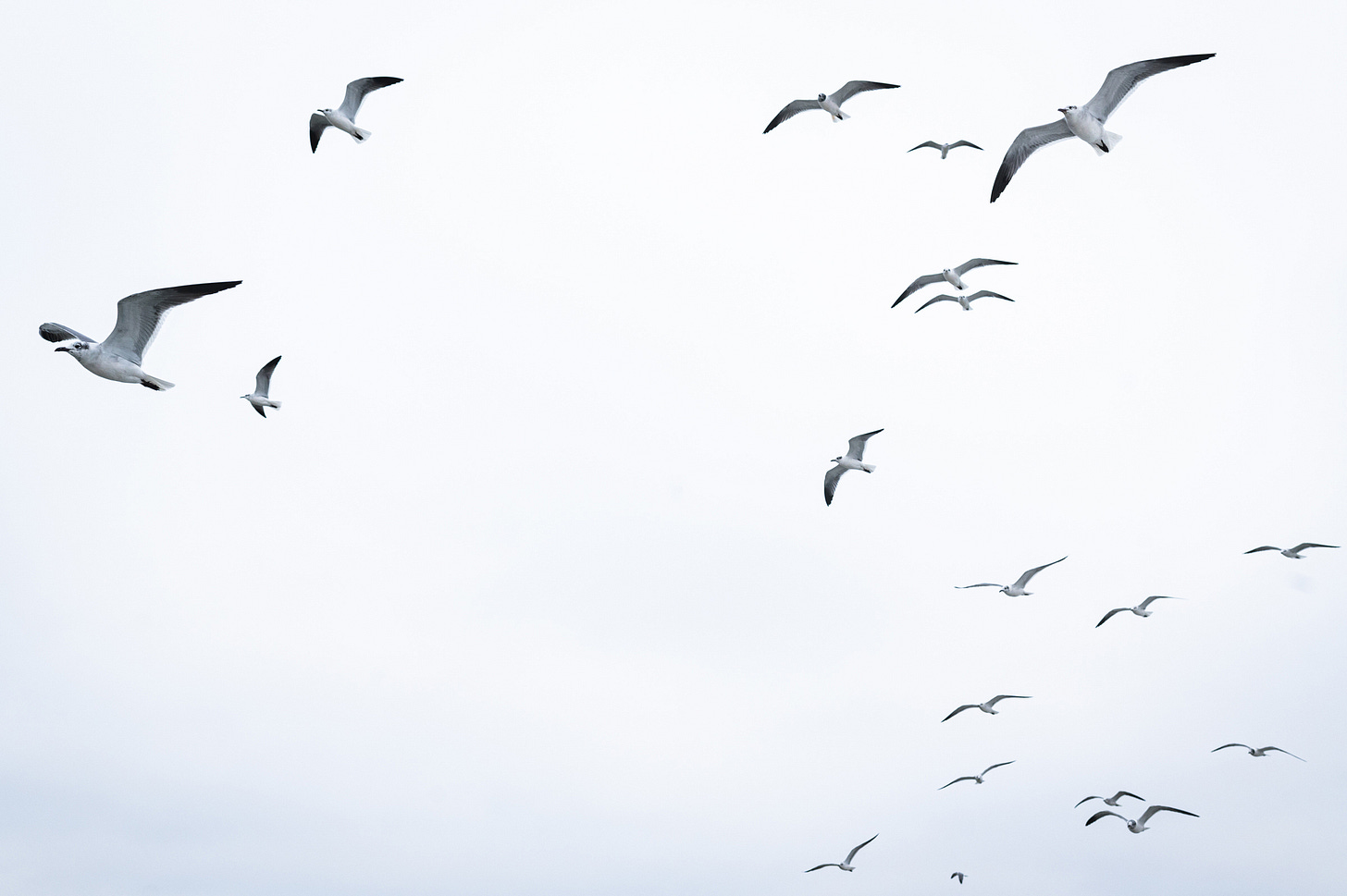Howdy folks,
Lots of memories this last week about what life was like a year ago, before we knew. I know this cycle of remembering all too well: This time four years ago, I had just finished my first week of chemo, spending five days—8+ hours each—hooked up to a machine that beeped incessantly as it slowly dripped over two gallons of fluids (heavy metals mixed with saline) through my bloodstream. The net result of that treatment was positive, but the physical and emotional fallout still lingers.
Last year, when news of potential respiratory issues arising from COVID-19 started to spread, I was reminded that one of those chemo drugs had posed significant threats to my lungs, so I obsessed for several weeks over exercise, pushing myself daily to test my breath in hopes that I’d pick up on any irregularities, and convincing myself that while cancer may have snuck up on me, COVID sure as hell wasn’t going to. That initial obsession faded into distraction-by-activity: baking, hunting, restoring cast iron, a newsletter. I’m back to regular exercise now, feeling a little less obsessive and a little more trusting of my own body, but healing takes time. There’s a lot to be encouraged by right now, but stay patient, friends—our healing from all of this will also take time, and many of our friends and family members may feel deep pain—physical, emotional, financial—long after we’ve (safely) removed our masks.
Today we’re learning about oysters, and heading out on the water with Captain Matt Tesvich, a fourth-generation oyster farmer from Jesuit Bend, Louisiana. First, though: a new initiative to say thanks to some local businesses.
Thank a Restaurant!
Restaurants and small food businesses run on slim margins even in a booming economy, and many service industry folks in our community have worked tirelessly to keep us nourished—and to keep employees working—while navigating a global pandemic with ever-changing regulations. The best way to thank these folks and show our support is to purchase directly from them, but if you can’t make it out to all of your favorite spots—or even if you can!—we (James, Rémy, and any volunteers who want to join) can help you send a short note of appreciation. Fill out this quick form, and we’ll hand write your message on a card from The Boil Advisory and drop it in the mail. No cost, no catch, just a lot of appreciation.
On the Water with Captain Matt Tesvich
Matt Tesvich texts me mid-afternoon on a Friday. We’ve been trying to coordinate schedules for a couple of weeks—Matt’s business relies on orders from a wholesaler, which have been inconsistent lately, but he’s just received a request for the following day. Due to frigid temps and high winds, he warns me that the trip won’t be fun.
My alarm goes off on Saturday at 3:50 a.m., giving me just enough time to make coffee and load gear in the car before meeting Matt at his home in Belle Chasse. By 4:45 a.m., we’re gassing up his truck and stopping by his uncle’s house for a rain suit. It’s 45 minutes from there to the dock where we’ll hop on the R.M. Tesvich with two deckhands, which is enough time for Matt to give me a primer on the oyster business and his family’s history within it.
Matt’s great-grandfather came to South Louisiana from Croatia during the Great Depression and learned the ropes. “People always say, ‘Why oysters?’ That's not an answer I have.” He walks that back, though, noting the predictability of the catch. “When you’re heading out for the day,” he explains, “you know about what you’re going to make. You kinda got an idea of the reef you’re going to.” He contrasts that with shrimping, which would have also been an option for his family, but jokes that with shrimping, “when you leave the dock, you hope and pray” for a decent catch.
Matt’s grandfather died young in a car accident, but his father, Kuzma, learned the trade from an uncle. He then taught Matt, without pressuring him to take on the family business. “I feel spoiled as hell,” he tells me on our drive, “because he never pushed oysters on me. Never.” In fact, Kuzma encouraged him to go to school and find what he loves. “‘Oysters are here if you want,’” Matt recalls. He left for Baton Rouge to study process technology and landed an internship with a local refinery, but felt like he was missing out on the large hauls of oysters his father was pulling at the time. “It was like six shifts I made it through,” he recalls, laughing a little. He returned home to captain his own boat.
By 6:00 a.m., we’re aboard the R.M. Tesvich and pulling away from the dock. Matt’s bouncing between the steering wheel and the small stove, preparing a lunch for the crew—braised neck bones and pork ribs—while navigating through the canals that lead us just west of Empire, into Adams Bay. He checks his radar, makes quick adjustments to our course, then returns to cooking; he says it’s not worth opening the fogged windows to see outside, as the wind would blow out the stove’s burner. While he cooks, Matt’s deckhands prep sacks—recycled burlap previously used for coffee beans—for the day’s haul.
Matt checks his phone for the time, then sets it on a bunk bed as he heads out of the cabin. “I’m not even gonna bring this out there,” he shrugs. “Today’s just one of those days where you have to put your head down and go.” Matt later tells me about some of the more memorable catches, pulling as many as 331 sacks in a day—his personal best—but when conditions are this rough, he says the crew is grinding to fill 9-10 sacks per hour.
There are several methods for cultivating and harvesting oysters in the Gulf, but the most common method in Louisiana is dredging, where a boat like the one we’re on drops specially rigged rakes onto a reef and drags them across, breaking up clusters and pulling the catch up in an attached net. “If you want to get really technical,” Matt explains, “these aren't oyster farms. We're technically catching oysters.” So, today’s oysters are wild-caught, over water bottoms owned and leased out by the state.
“The oyster business,” Matt recalls, “used to thrive off the public land, public reefs—we call it the wild reef. That's basically no more, due to overfishing and due to fresh water in certain areas just killing everything. What had thousands and thousands and thousands of acres, you can't catch anything on anymore.” Matt explains that his family has adapted over time by throwing rocks on their leases; they load several tons of gravel from crushed concrete onto the boats and spread that across the water bottoms. If oysters are in an area, he assures me that “they'll spat on whatever's down there, and the rock tends to grow a very nice oyster,” especially compared to other surfaces like discarded oyster shells.
It takes a little time for the fog to lift and for Matt to find an area to dredge that isn’t plagued with mussels (his crew has to break those off of the oysters, which eats up time). Then he has to test how deep the rakes need to drop each time to come up full—too little chain and the catch will be sparse, too much and the baskets will overfill with mud. He adjusts throughout the morning as the tide draws more than a foot of water from the bay. When he hits the right rhythm, though, everyone can feel it.
It’s all mechanical, but oddly musical in a way: the engine hums, chains whip, levers grind, cages lock into position, clusters of oysters fall onto stainless steel tables. Cages splash back into the bay and the chorus repeats. The deckhands flip between axe and hammer, chiseling and tossing culled oysters into a metal basket, which, once filled, gets tipped into the burlap sacks, then dragged out of the way. The crew hardly moves from their stations, save for a quick lunch break, until 80 sacks have been filled, about nine hours after the first catch.
There are two main classifications for these oysters: shucking (what you find in a bucket) and half-shell (what you find at an oyster bar). Today’s order is for shucking oysters, which don’t require as much cleaning on the boat, but also don’t demand as much money. As we motor back to the dock, Matt fills out tags, which he’s required to attach to each sack he sells, noting the date and area of harvest for traceability. He shares a dock with his dealer, Matthew Slavich, who’s waiting for us with a forklift and a refrigerated truck, which will carry the oysters to a processing facility.
On the drive back to Belle Chasse, we talk about tourism in South Louisiana and the business venture Matt’s recently started with his wife: Tesvich Oyster Tours. Using the K.J. Tesvich—a boat that Kuzma starting designing at the age of 20—Matt offers tours to small groups, taking them out to three distinct reefs, showing different stages of oyster development, and offering a hands-on experience in culling live oysters before they’re shucked and eaten. For more info on the tours, or to book an outing, slide into those DMs or give ‘em a call at 504-912-0087.
Lagniappe
A serious note: While Texas got most of the spotlight following last month’s winter storm, our neighbors to the east were also hit hard, and many residents in Jackson, Mississippi have been under an actual boil advisory for weeks—if they’re lucky to have water at all.
A few more things of interest this week:
VEGGI Farmers Cooperative’s van was stolen last week, then recovered minus some critical parts. You can help them get back up and running.
Southern Museum of Food & Beverage is hosting a Central City Makers Market on March 27 from 12:00-4:00 p.m.
River Queen Greens published a really helpful outline of ways to access fresh food around NOLA, even on a tight budget.
Also helpful: knowing what popups are popping up and where. Enter @NOLAPopUpStop.
Cake maven and now-entrepreneur Bronwen Wyatt plugged Minimart App in this month’s issue of Bon Appétit.
The space formerly known as Thalia is now known as Here Today and serving light fare from the Coquette team along with ice cream from Lucy Boone and wines from Patron Saint.
Alon Shaya teased a new venture, Miss River, opening this summer in the also-opening-this-summer Four Seasons.
Finally, in no way food-related but dedicated to my late Papaw: Shania Twain is on TikTok.
Thanks for subscribing, y’all—and thanks to everyone who shared the last newsletter! We’ll be back again in two weeks with a celebration of spring.

